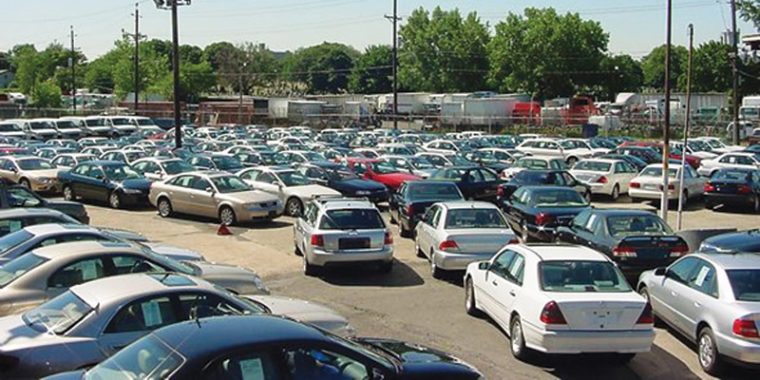Non-life insurance companies reported a 169.79 percent increase in profit after tax in the nine months to September to $9.85 million driven by decline in operating expenses, a report by the industry regulator has shown.
Gross Premiums Written (GPW) by non-life insurers rose by 1.11 percent from $153.60 million last year to $155.3 million in the period under review on the back of growth in business generated from motor insurance.
Motor and fire insurance remained the dominant classes of insurance in the non-life insurance sector, contributing 44 percent and 19 percent respectively to gross premiums written.
The Insurance and Pensions Commission (IPEC) report also showed that total net profit for non-life reinsurers rose from $3.56 million last year to $5.53 million in the nine months to September.
“The increase in profit after tax for both direct insurers and reinsurers was on the back of decreasing operating expenses and as well as increased risk retention,” the report reads.
Total GPW by non-life reinsurers decreased to $81.52 million in the nine months of this year from $83.37 million last year .
All non-life underwriters were compliant with the minimum capital requirement as at September 30 2016. However, some non-life insurers exhibited weaknesses in respect of liquidity with a huge chunk of their assets tied up in illiquid assets such as fixed assets and premium debtors which contributed 19 percent and 16 percent respectively.
Total assets for non-life insurance companies fell from $391.07 million as at June 30, 2016 to $381.07 million as at September 30, 2016 due to a decline in premium debtors.
Although seven insurers and one reinsurer were not compliant with the minimum prescribed asset ratio, the industry average was above the minimum requirement of 5 percent.
“Non-life insurers and reinsurers reported industry average prescribed assets ratios of 13.36 percent and 9.84 percent respectively as at 30 September 2016 which ratios were above the minimum requirement of 5 percent,” read the report.- The Source
(32 VIEWS)
